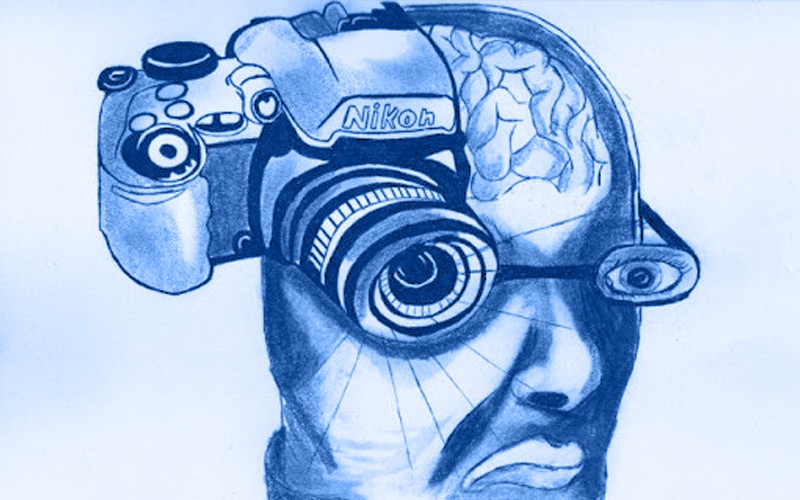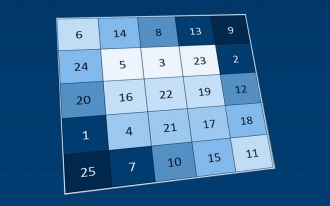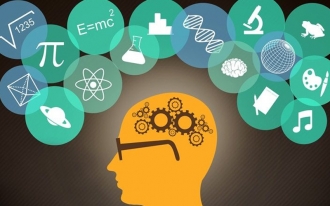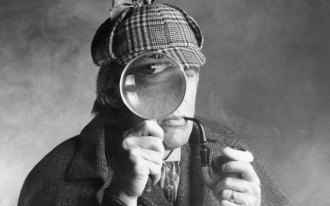- BRAINTRAIN |
- Blog |
- Memory |
- Is It Worth Training Photographic Memory?

Bogdan Moroz 27.02.2020 5185 Comments
The positive trend of developing memory sparks numerous contradictory articles and myths about which types of memory are more important and whether we can develop them. Research continuously updates our understanding of brain function, but memory is indeed categorized by the type of information received and the ability to recall it.
Many sources suggest acquiring phenomenal photographic memory through simple trainers, yet the number of people with this ability remains low and can be counted in a small study. Why is this, and what secrets does photographic memory hold? This article explores these questions, along with memory training and its practical benefits.
Innate Memory Phenomena
Some individuals are rightfully placed in a special category for their extraordinary memory abilities, but this gift isn’t the result of rigorous training—they were born with it. Thus, phenomenal memory types are considered innate and resist effective training. However, don’t be discouraged; this ability is both a blessing and a burden, as its bearers struggle with forgetting, placing significant strain on the brain.
Eidetic Memory
This is the famed photographic memory, where a person can vividly recall graphic information in precise detail after brief exposure. Notably, this ability is observed not only in adults but more often in children, though it remains extremely rare, with only isolated cases worldwide.
Scientists hypothesize that photographic memory’s uniqueness stems from thick nerve bundles connecting the eyes to brain centers, capable of transmitting vast, detailed data. While this feature is universal, less than 1% of people possess the unique ability to recall precisely. It’s reasonable to assume the secret lies in the memory retention process, not data acquisition, but definitive answers require further research.
Absolute Autobiographical Memory
Another rare innate memory type, its possessors can recall nearly their entire lives with high accuracy, including dates and approximate times of specific activities. This ability is as rare as photographic memory, and neurophysiologists observe it cannot be deliberately developed through mental exercises.
Programs promising phenomenal memory are, at best, ineffective, as the secret lies in impaired memory fading. Don’t lament the inability to acquire this “gift”—we often wish to forget things quickly, but these individuals cannot. This mental load is excessive, and even if a method existed, most wouldn’t emotionally cope.
Notable Photographic Memory Bearers
History records few individuals with extraordinary memory abilities. Perhaps more existed but didn’t realize or showcase their gift.
- Alexander the Great, known for military strategy, could recognize and recall names and brief details of his 30,000-strong army.
- Ancient philosopher Seneca, before mnemotechnics were known, could repeat about 2,000 unrelated words heard once.
- Philosopher Socrates reportedly knew the names and faces of Athens’ roughly 20,000 residents.
- In modern times, Paula, an Australian call-center worker, gained fame for memorizing around 130,000 organizational phone numbers, addresses, and brief details.
As you may notice, training such memory is ineffective, as it’s innate to a select few. However, this doesn’t mean you can’t improve your memory in this direction. Visual memory training is a vital part of comprehensive self-development.
Visual Memory and Its Benefits
Visual images have a significant advantage over auditory or tactile ones, as eyes transmit far more information. This ability is trainable and can aid various memory manipulations.
Better Information Retention
In our article on types of memory by content, you may have noticed that only short-term memory uses auditory images, including read information. Longer storage requires a visualized, complete image. Linking heard information to a seen image— even an unrelated one—makes recall easier and more accurate.
Recalling Details
Our brain’s capabilities exceed our assumptions. We may think we can only recall basic object traits, but those who train visual memory can retrieve fine details initially overlooked.
Foundation for Mnemotechnics
Those aspiring for phenomenal memory successfully use mnemotechnics, covered in our dedicated article. However, without sufficient visual memory and spatial orientation development, such skills are unattainable. This is another argument for memory training.
Experiments with Fictional Events
Studies on groups conveying false events showed that when questioned briefly, most couldn’t recall their story after two days. However, those who narrated with details and logical arguments retained detailed stories longer.
The takeaway: the more attention given to information, the longer it’s retained, forming a vivid, detailed image ideal for long-term memory.
Training Visual-Imagery Memory
We offer four proven, effective techniques for training visual memory. Choose the best fit or alternate them for maximum impact.
Black Room
This technique may evoke a movie scene of an interrogation in a dark room with a single lamp and table. It’s an ideal distraction-free space for focusing on memorization. Use a simple A4 sheet with printed information.
The method: sit at a table with only the sheet, turn off the light, then briefly turn it on to focus on the sheet. Turn off the light and mentally recreate the sheet in the dark, trying to read its content. A desk lamp can serve as the light source. This exercise enhances visual memory and concentration, resembling photographic memory.
Schulte Table
Available in our trainers section, this table is marketed for attention but, in its basic form, allows you to view the entire grid and memorize number placements. It’s effective for visual memory development.
Artist’s Method
Used by landscape painters, this technique gained fame through I. Aivazovsky, who observed the sea to paint realistic waves, then closed his eyes to recreate the scene in memory.
Observe any scene, noting many details, then close your eyes and practice recreating it mentally.
Objects on the Table
This requires two identical sets of objects fitting on a table. Scatter or arrange one set randomly, then use the second to replicate the arrangement elsewhere.
Observe the first set’s positions and details, then go to another room and recreate the scene with the second set. Initially, allow extra observation time to adjust the second set’s arrangement.
While phenomenal memory types, driven by brain function quirks, can’t be trained, memory training and self-development can yield desired results, even if termed differently. The key is that these skills meaningfully enhance your life.




